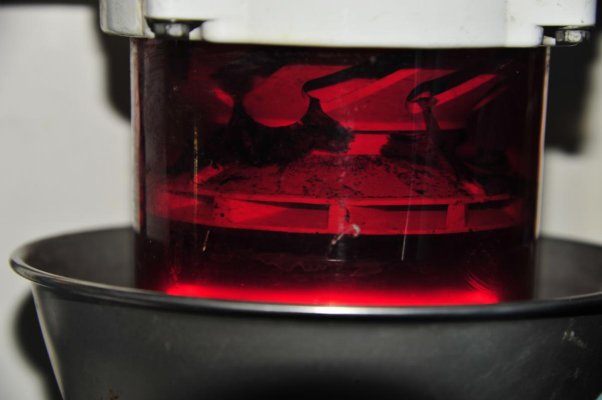All the talk about damaging the "T " handle gauges. I will repeat an earlier post.
I've had the 2 "T" handle gauges on my Racors for 19 years and never had any issues.
Had them on my previous boat for 15 years without damage.
Racor has sold thousands of the "T" handle gauges in the last 30 years and have improved it at least 3 times during the same period. The improvements were; adding a drag needle, pressure relief valve, and adding an actual "T" to the gauge mount. If there was an issue with the gauges being damaged easily, Racor would have beefed up the gauge.
I worked for a boat charter/time share company in the 90's that had around 180 boats in the fleet. All the boats were required to have fuel vacuum gauges on the fuel system. About 90% of the boats had the "T" handle gauges. I don't recall a single gauge damaged out of the hundreds of incidents reported by lessees.
I've sold/installed close to 75 "T" handle gauges in the last 20 years to clients. I'm in contact with most of my clients and I have not had any complaints about the fragility of the gauges. I did have complaints about the second generation gauges which when they got warm in the engine compartment, the dampening oil oozed out of the relief valve at the top of the gauge. Racor promptly replaced the gauges on warranty after switching to a different source.
If these gauges are so easily damaged, why is Racor selling so many and why are owners of the older "T" gauges upgrading to the new version with handles at a cost of $60.
There are threads discussing the "T" handle gauges but none regarding actual accidental damage.
As psneeld likes to remind us, stop disseminating unsubstantiated false claims.
"If these gauges are so easily damaged, why is Racor selling so many and why are owners of the older "T" gauges upgrading to the new version with handles at a cost of $60"
Very good marketing.
Have you found any data on how accurate their gages are?






